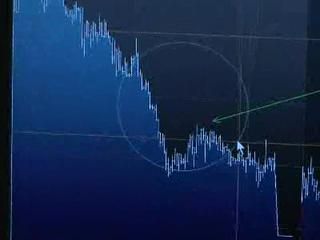From a company's standpoint, here is how the whole transaction looks. The company starts up and needs money to grow. The company seeks venture capital firms to invest in the company. The founders of the company create a business plan that shows what they plan to do and what they think will happen to the company over time (how fast it will grow, how much money it will make, etc.). The VCs look at the plan, and if they like what they see they invest money in the company. The first round of money is called a seed round. Over time a company will typically receive 3 or 4 rounds of funding before going public or getting acquired.
In return for the money it receives, the company gives the VCs stock in the company as well as some control over the decisions the company makes. The company, for example, might give the VC firm a seat on its board of directors. The company might agree not to spend more than $X without the VC's approval. The VCs might also need to approve certain people who are hired, loans, etc.
In many cases, a VC firm offers more than just money. For example, it might have good contacts in the industry or it might have a lot of experience it can provide to the company.
One big negotiating point that is discussed when a VC invests money in a company is, "How much stock should the VC firm get in return for the money it invests?" This question is answered by choosing a valuation for the company. The VC firm and the people in the company have to agree how much the company is worth. This is the pre-money valuation of the company. Then the VC firm invests the money and this creates a post-money valuation. The percentage increase in the value determines how much stock the VC firm receives. A VC firm might typically receive anywhere from 10% to 50% of the company in return for its investment. More or less is possible, but that's a typical range. The original shareholders are diluted in the process. The shareholders own 100% of the company prior to the VC's investment. If the VC firm gets 50% of the company, then the original shareholders own the remaining 50%.
Dot Coms typically use Venture Capital to start up because they need lots of cash for advertising, equipment, and employees. They need to advertise in order to attract visitors, and they need equipment and employees to create the site. The amount of advertising money needed and the speed of change in the Internet can make bootstrapping impossible. For example, many of the eCommerce Dot Coms typically consume $50 million to $100 million to get to the point where they can go public. Up to half of that money can be spent on advertising!
Check out the next page for more helpful articles about starting your own business.

